Varicocele Surgery Side Effects: What No One Tells You
Fertility Treatment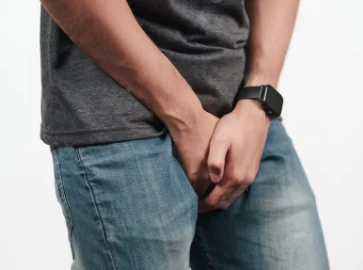
Testicular varicocele is a common disease among men in which the veins in the scrotum expand and twist abnormally. These abnormal veins disrupt the normal blood flow within the reproductive system, leading to symptoms such as testicular enlargement and pain.
Varicocele surgery, known as varicocelectomy, is a common treatment to restore proper blood circulation and alleviate discomfort. However, it's important to consider the potential side effects of varicocele surgery when discussing treatment options with a healthcare provider.
When performed by a skilled urologist, the procedure typically carries minimal risks and complications. It is important to be aware of potential varicocelectomy complications, albeit rare, such as infection or recurrence.
However, some potential long-term side effects of varicocele surgery may include the development of a hydrocele (fluid accumulation around the testicle), testicular atrophy (shrinkage of the testicle), moderate pain, wound infection, and tenderness in the scrotum. Patients must discuss these potential complications with their healthcare provider and weigh the benefits against the risks before undergoing this surgical procedure.
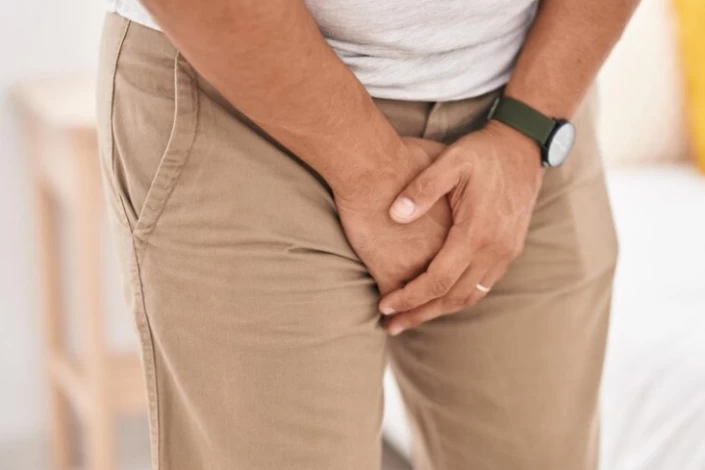
What Is Varicocele and What Are Its Complications?
As mentioned earlier, the blockage and abnormal enlargement of testicular veins is called varicocele. Varicocele can impair a male’s reproductive system and reduce the quantity and quality of his sperm by increasing the temperature in his testicles. Therefore, if not treated, it can indirectly affect male infertility. Usually, varicocele occurs on the left testicle, but in about %10 to 15% of cases, it happens to both testicles.
Based on its severity, varicocele can be divided into the following three categories:
- Grade 1 (Mild): the testicular veins are slightly dilated and can be easily palpated.
- Grade 2 (Moderate): the veins are dilated and can be felt while standing.
- Grade 3 (Severe): the veins are extremely dilated and can be seen with the naked eye. Grade 3 varicocele is associated with chronic pain in the testicles.
Varicocele Surgery Complication
As mentioned above, if a skilled urologist performs varicocele surgery, it will have minimal side effects. The side effects of varicocelectomy are either short-term or long-term. Short-term varicocelectomy complications, such as bruising, bleeding, foul-smelling discharges from the wound, and mild infection, are common and will be resolved within a couple of days. The long-term complications, however, will remain a bit longer and may require medical intervention. In the following, you can see some of the long-term complications of varicocele surgery.
- Hydrocele
- Damage to the scrotum’s veins
- Complications of anesthesia
- Chronic pain in testicles and groin
- Testicular atrophy
- Swelling of the testicles
Read on to get detailed information about each of these complications.
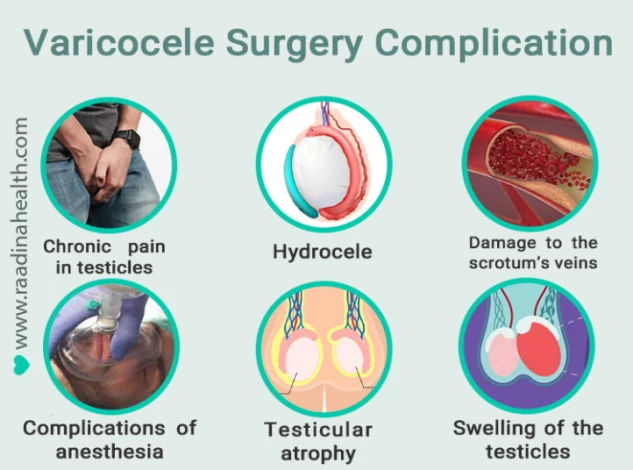
Hydrocele
Not getting enough rest and standing or walking too much after varicocele surgery can cause hydrocele. Also, if the doctor does not properly separate the lymph tissue, the abdominal fluid will accumulate around the testicle and cause hydrocele. Abnormal enlargement of the testicle after the operation is the main sign of hydrocele. Fortunately, hydrocele is not painful and doesn’t affect fertility, but it makes the testicles heavy and swollen.
Damage to the scrotum’s veins
Damage to the scrotum’s veins is another complication of varicocele surgery. The body's arteries and veins are very close to each other, so there is a small chance of damaging healthy veins during varicocelectomy, especially in open surgery. The chance of damaging the scrotum’s veins in open varicocelectomy is between 12 and 24%, while it is about 1% in other surgical methods such as laparoscopy.
Complications of anesthesia
Laparoscopic varicocelectomy is mostly done under general anesthesia. Open surgery and microsurgery methods will also be performed either under general anesthesia or local one. The anesthetics surely have some inevitable side effects, such as dizziness, headache, and nausea, which will disappear in a few days.
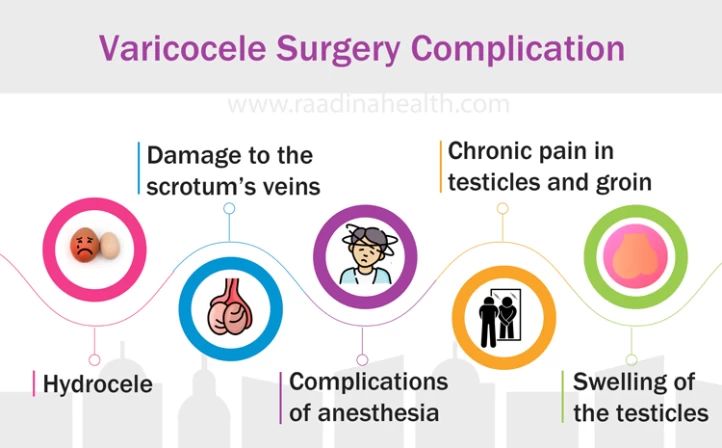
Chronic pain in testicles and groin
During the varicocelectomy, the surgeon cuts and seals the damaged veins in your scrotum, So you will feel mild to moderate pain under your abdomen and on your left testicle for a few days. You can take prescribed painkillers to manage the pain, but if it resumes for more than five days, contact your doctor.
Testicular atrophy
During varicocelectomy, some healthy veins may also be cut by the surgeon. This issue will reduce the blood supply to the testicles and, as a result, will lead to testicular atrophy over time. If testicular atrophy is left untreated, it will be permanent.
Swelling of the testicles
Another complication of varicocele surgery is testicle swelling, which can be seen with bare eyes. Swelling for a few days after the operation is normal, and there is nothing to worry about, but if it does not subside gradually, you must seek medical help.
Types of Varicocele Surgery
Four types of varicocelectomy are practiced to remove the damaged veins in the scrotum:
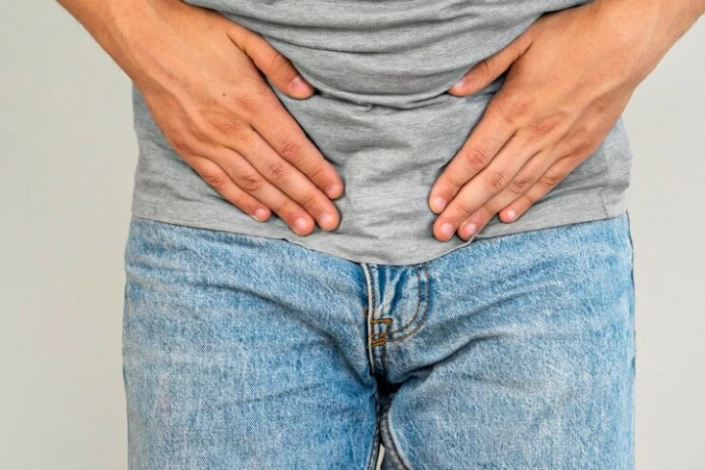
Open or standard surgery
In this method, the surgeon makes a two-centimeter incision in the scrotum, takes out the spermatic cord, removes the varicocele vein, and seals the enlarged vein with surgical glue, electrical current, laser beam, etc.
Microsurgery
Using a microscope, the surgeon locates both healthy and damaged veins. The doctor makes a one-centimeter incision above the scrotum, inserts the high-powered operating microscope into the injured vein, seals the artery, and stitches the incision to remove the varicocele vein or veins.
Laparoscopy
The most accurate method for removing enlarged veins is laparoscopic varicocelectomy, which takes only ten to fifteen minutes. This procedure involves using a surgical telescope to identify the damaged veins, which are then cauterized, clipped, or tied.
Percutaneous embolization
Another minimally invasive technique is percutaneous embolization, in which the surgeon creates a groin incision, inserts a thin tube into the body, and guides it in the direction of the testicular veins. The tube reroutes the blood flow toward the healthy veins after entering the damaged veins and sealing them off with tiny metal coils or chemicals.
The Best Type of Varicocele Surgery
Recent research indicates that laparoscopic varicocelectomy is the most effective varicocele surgery procedure. In this method, the damaged veins and lymphatic tissues are accurately detected by a laparoscopic lens; therefore, the risk of damage to the arteries, hydrocele, and testicular atrophy is almost zero. Not only does this surgery have a higher chance of success, but it also has the least complications and shortest recovery period.
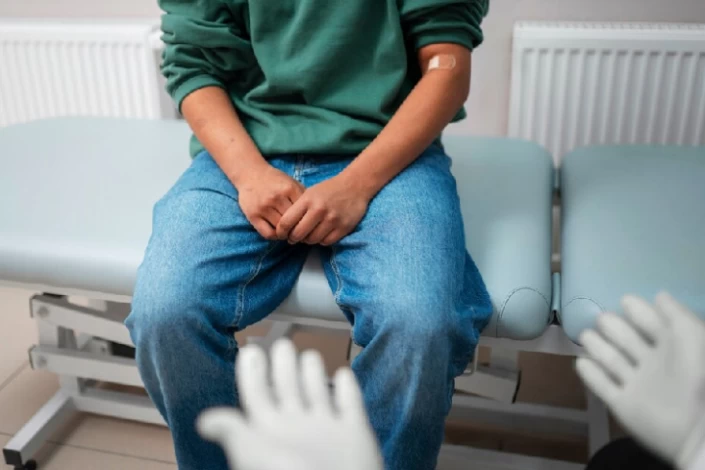
Varicocele Surgery Aftercare
After varicocele surgery, you will probably feel pain in your groin and lower abdomen for three to six weeks. Your scrotum and groin can also be bruised and swollen for two to four weeks. If you undergo minimally invasive surgeries, you can return to work and your daily routine within a few days.
It should be noted that the recovery period of varicocele surgery may take two days to two weeks. During this period, the following points should be considered:
- Avoid sexual activities for four weeks
- Stay hydrated
- Have low-fat foods such as chicken breast, plain rice, and yogurt
- Take your prescribed medications fully and on time
- Use ice packs to reduce swelling
- Have fiber-rich foods to prevent constipation
- Avoid heavy sports, swimming, and other water sports
- Avoid smoking and drinking alcoholic beverages
If you don’t have discharge, you can take a bath 3 days after the varicocele surgery. If you have a high fever, excessive discharge, bleeding, or severe swelling in the testicle area, inform your doctor.
Can Varicocele Surgery Fail?
As with any surgical intervention, the surgical treatment of varicocele may fail to achieve satisfactory results, although it is generally effective for its treatment. Why does varicocele surgery sometimes fail? Partial removal of the dilated veins, recurrent varicocele caused by dilation of new vessels or development of complications during or post surgery are some of the reasons for which varicocele surgery is not always successful. The procedure's success or failure can also be influenced by individual factors, such as the patient's general health, the surgeon's skill and experience, and the underlying cause of varicocele. Other treatment options such as embolization or additional surgery may be necessary if varicocele surgery is not effective. In order to make informed decisions regarding the treatment of choice, patients should discuss with their physician potential risks and outcomes following varicocele surgery.
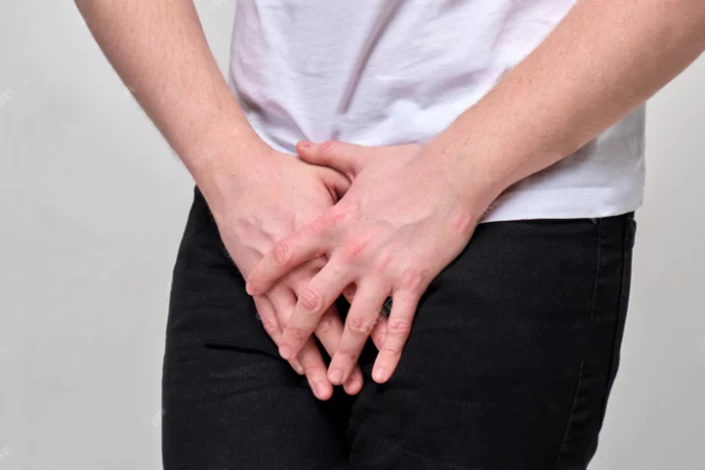
Why Do I Still Have Varicocele After Surgery?
The persistence or recurrence of varicocele after surgery can occur for several reasons. One common reason for persistent varicocele is the incomplete removal of affected veins during surgery. Varicocele surgery typically involves identifying and ligating (tying off) the dilated veins to redirect blood flow away from the varicocele. However, if all affected veins are not adequately addressed, there may still be residual varicocele. Additionally, new varicose veins can form over time due to underlying issues such as faulty valves in the veins or increased pressure within the blood vessels, contributing to the recurrence of varicocele.
The success of varicocele surgery can also be influenced by the surgical technique employed and the experience of the surgeon. Complications during or after surgery, such as infection, bleeding, or scarring, can affect the outcome and potentially lead to persistent or recurrent varicocele. Moreover, individual variations in anatomy, including the presence of additional or abnormal blood vessels, can pose challenges during surgery and increase the likelihood of incomplete treatment.
If varicocele persists or recurs after surgery, further evaluation by a healthcare provider is essential to determine the underlying cause and explore alternative treatment options. These may include repeat surgery, embolization, or other interventions tailored to the individual's specific circumstances. Regular follow-up appointments with a urologist or specialist can help monitor the condition and address any concerns to optimize outcomes.
How Long Does Pain Last After Varicocele Surgery?
After varicocele surgery, the duration of pain can vary from person to person. Generally, patients may experience discomfort and mild to moderate pain for a few days to a couple of weeks following the procedure. This discomfort typically subsides gradually as the body heals. However, individual factors such as pain tolerance, the extent of the surgery, and any complications can influence the duration and intensity of post-operative pain. It's common for patients to experience some degree of swelling, bruising, and tenderness in the scrotal area immediately after surgery, which contributes to discomfort.
Adequate pain management strategies prescribed by healthcare providers can help alleviate discomfort during recovery. However, in some cases, individuals may continue to experience pain months after varicocele surgery, which warrants further evaluation and management by a healthcare professional. If pain persists or becomes severe, seeking medical attention for further evaluation and management is crucial. Overall, most patients find that the pain gradually diminishes over time as they recover from varicocele surgery.
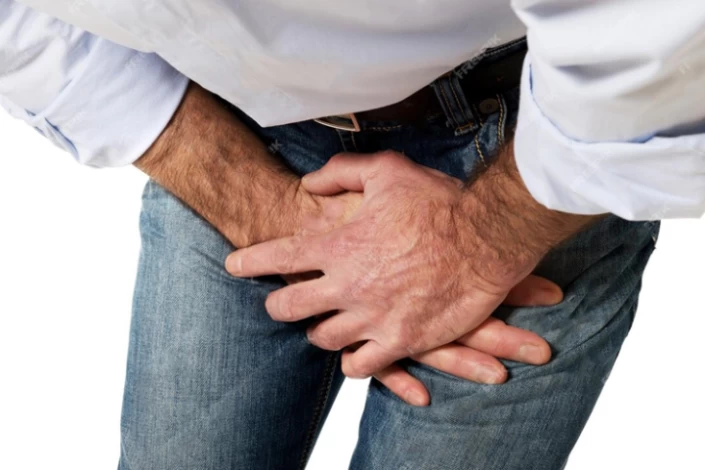
Varicocele Surgery in Iran
In Iran, new and precise methods of varicocelectomy, like laparoscopy and microsurgery, are done by experienced surgeons and urologists. You can benefit from advanced technologies and high-quality clinics in Iran at an affordable price. The cost of varicocele surgery in Iran starts from $1,300 and may soar to $4,500, while the same operation will cost you around $5.500 in the USA, £3500 in the UK, and $2,500 and $4,000 in Australia.
Conclusion
Varicocele surgery aims at removing or sealing the enlarged veins in the scrotum to increase the patient’s fertility rate and reduce his pain. Four types of varicocelectomy are practiced today: open surgery, microsurgery, laparoscopy, and percutaneous embolization, each of which has pros and cons. This operation has both short-term and long-term side effects, such as swelling, infection, hydrocele, testicular atrophy, etc. Some of these complications can be prevented or reduced by having a healthy lifestyle, getting enough rest, taking prescribed medicines as instructed, and avoiding activities that increase blood pressure.
FAQ
What happens 6 months after varicocele surgery?
Six months after varicocele surgery, most men notice reduced pain and better sperm quality. However, in some cases, mild swelling or discomfort can persist, and regular follow-up with a urologist is recommended to check for recurrence.
Can varicocele surgery affect fertility?
Yes, varicocele surgery is often performed to improve fertility. Studies show that sperm count and motility can significantly improve within 3 to 6 months after surgery, increasing the chances of natural conception.
What are common side effects of varicocele surgery?
Common side effects include mild scrotal swelling, bruising, or discomfort, which usually go away within a few weeks. Rarely, complications such as hydrocele (fluid buildup) or recurrence of varicocele may occur.
How long does pain last after varicocele surgery?
Pain typically improves within the first 1–2 weeks after surgery. Some men may experience mild discomfort for a few months, but severe or worsening pain should be checked by a doctor.
Is there a risk of varicocele coming back after surgery?
Yes, recurrence can happen in a small percentage of cases, especially if the procedure was not performed microsurgically. The recurrence rate is usually less than 5–10% with modern techniques.
Can I exercise after varicocele surgery?
Light walking is recommended soon after surgery, but heavy lifting, running, or intense workouts should be avoided for 2–4 weeks to prevent complications and allow proper healing.




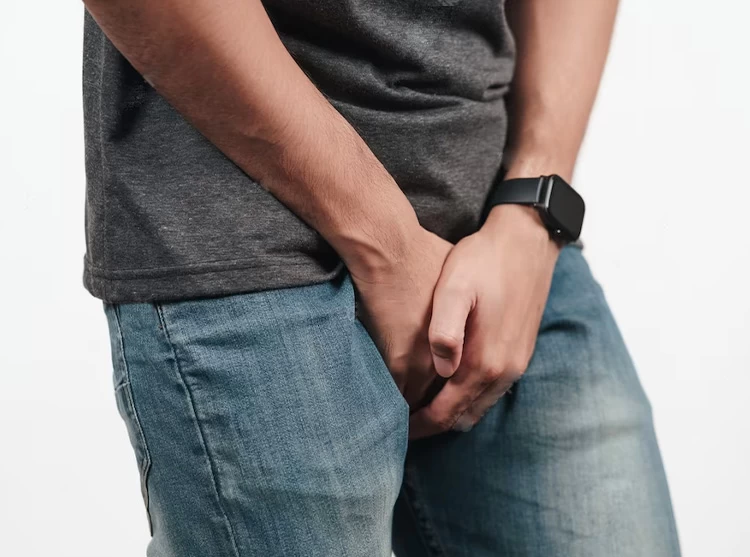
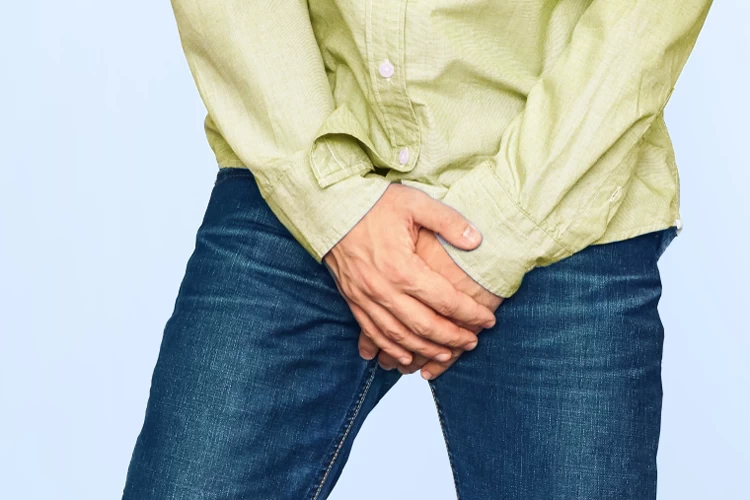
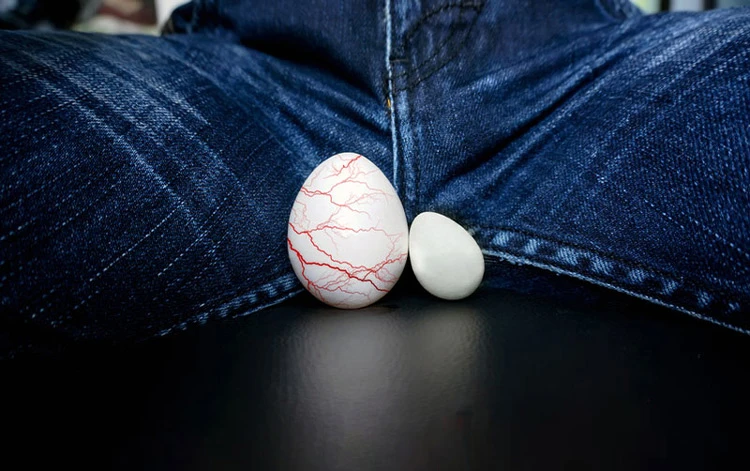
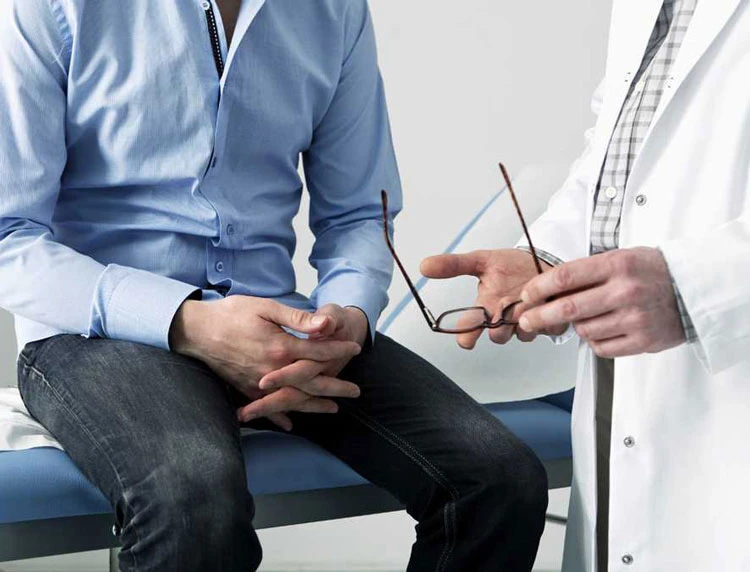
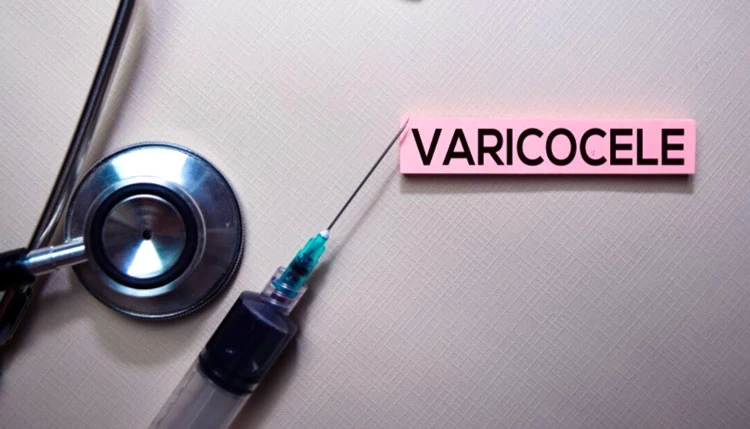




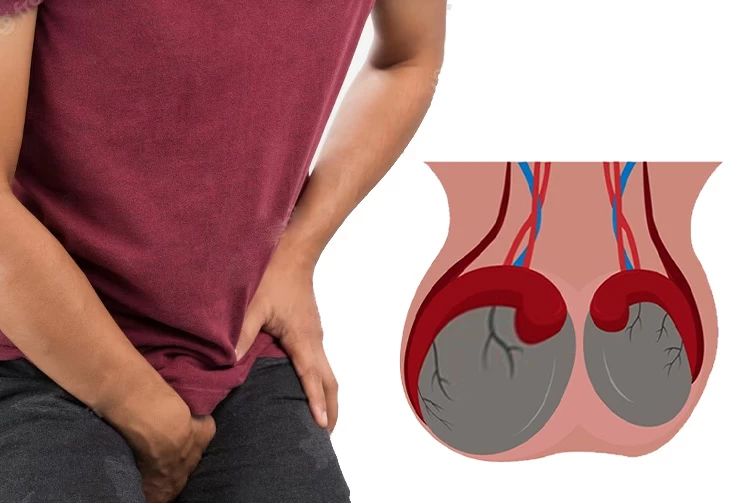

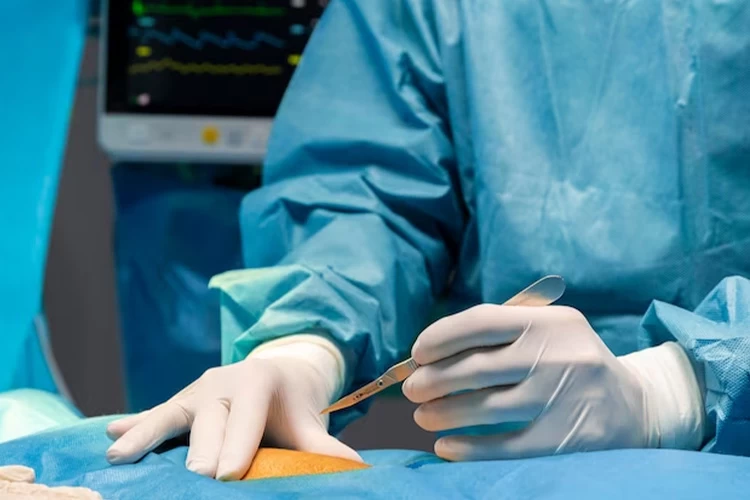
No reviews
Your comment